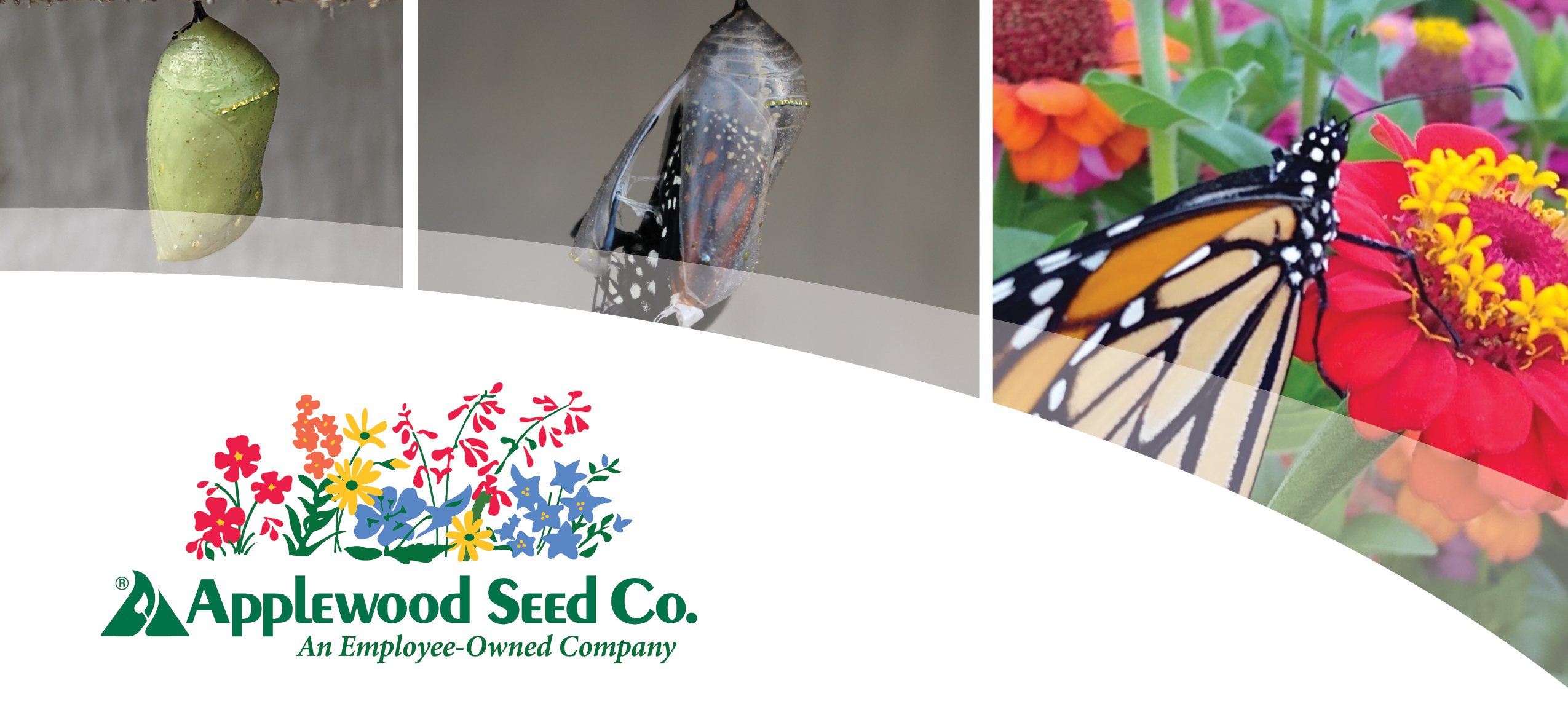
Another Valuable Pollinator Joins the World: A Monarch Story
A photo essay of our Trial Garden’s newest resident
Just a few days ago, our staff was weeding in our trial gardens when they noticed what looked like a leaf hanging under the shed door. Curious, he took a closer look. There, dangling precariously just above the ground, was a tiny green chrysalis. And sure enough, our trials and research coordinator identified it as a monarch butterfly chrysalis. Follow along as ‘Murph’ the monarch completes her metamorphosis and makes her grand entrance.
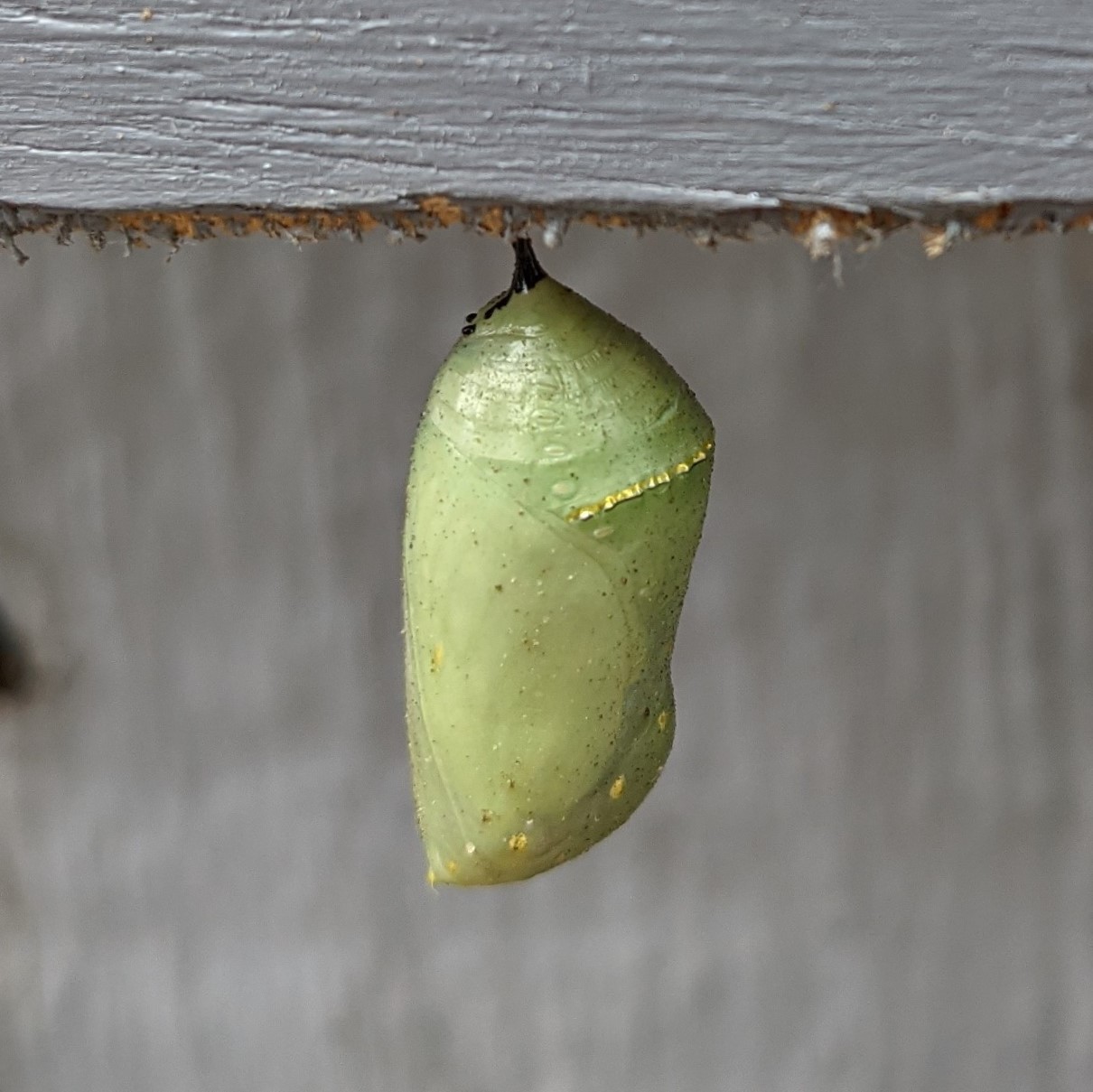
The distinctive pattern visible on the chrysalis, with the gold stripe at the top and spots towards the bottom, suggested we had a monarch on our hands.
Stage One: Location, Location, Location
Murph began her journey as a single monarch egg, most likely laid on or near our various milkweed plants within the trial gardens. Milkweed, especially Butterfly Milkweed (Asclepias tuberosa), acts as a host plant for the monarch butterfly species as the caterpillars rely solely on milkweed species for food. The adult butterflies will consume nectar from a variety of floral sources.
Monarch caterpillars can travel up to 10 meters from where they hatched, and thus Murph found her spot to pupate and form her chrysalis under a shed door. Upon discovering the chrysalis, we could not ascertain how long the chrysalis had been developing, and as it was in a high-traffic area, we thought it best to move it to a safer location once it was hard enough. The metamorphosis process takes 10 to 14 days, so we agreed to check the next day to ensure the chrysalis would be sturdy enough to transfer.
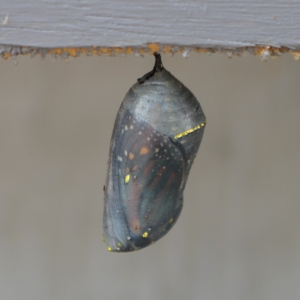
The Next Day 10:40 AM MST: The chrysalis has lost its green hue and indicates that the monarch butterfly will emerge within 24 hours.
Stage 2: The Beginning
As we discovered the next day, Murph was much farther along in her metamorphosis than we realized. At this point, what was once a caterpillar had secreted digestive enzymes within the chrysalis to break itself down into a nutritious goo. All that was left was the ‘imaginal discs’ that make up the future components of the adult butterfly. The caterpillar was born with these imaginal discs, and as it breaks down, the discs use the protein-rich goo to fuel cells rapidly dividing and growing into adult portions of the monarch, from wings to eyes to legs and more.
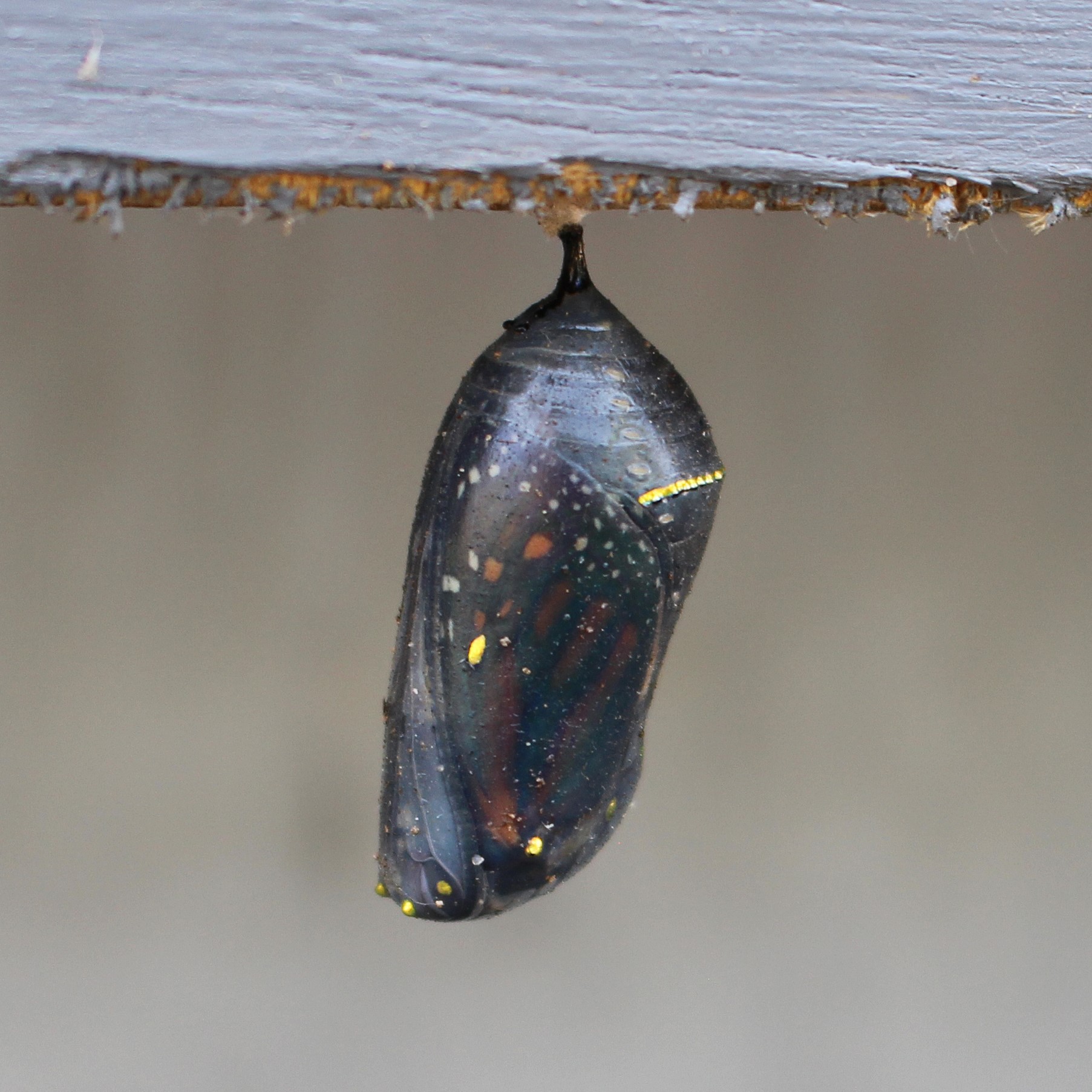
1:00 PM MST: The chrysalis has become more transparent as the butterfly pulls itself from the chrysalis walls.
Over the course of the day, the chrysalis rapidly became more transparent. By now, you could clearly see that Murph the caterpillar had been rebuilt into her adult form. Later in the afternoon, you could even see some free air spaces where the body had taken shape and pulled away from the chrysalis wall (pictured left).
Usually, monarchs will eclose (emerge from their chrysalis) in the wee hours of the morning, so we went out at the end of our day with every intention of taking one last photo, and coming back and celebrating a marvelous butterfly birthday the next morning. Much to our surprise, Murph had other plans and her chrysalis broke open just as we were turning to leave!
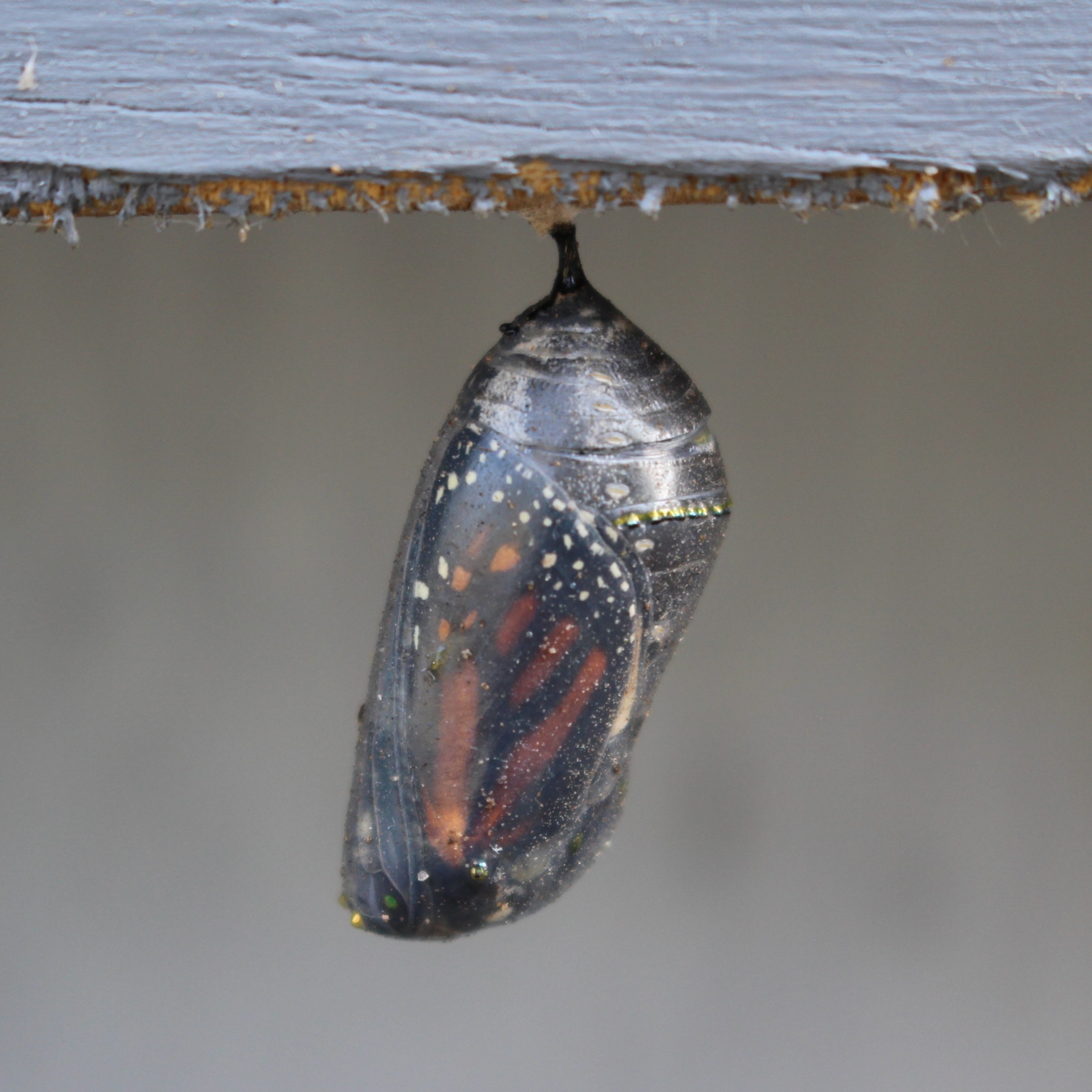
4:45 PM MST: (Potentially) the last photo of the day with plans to visit the monarch early the next morning and watch it emerge from the chrysalis.
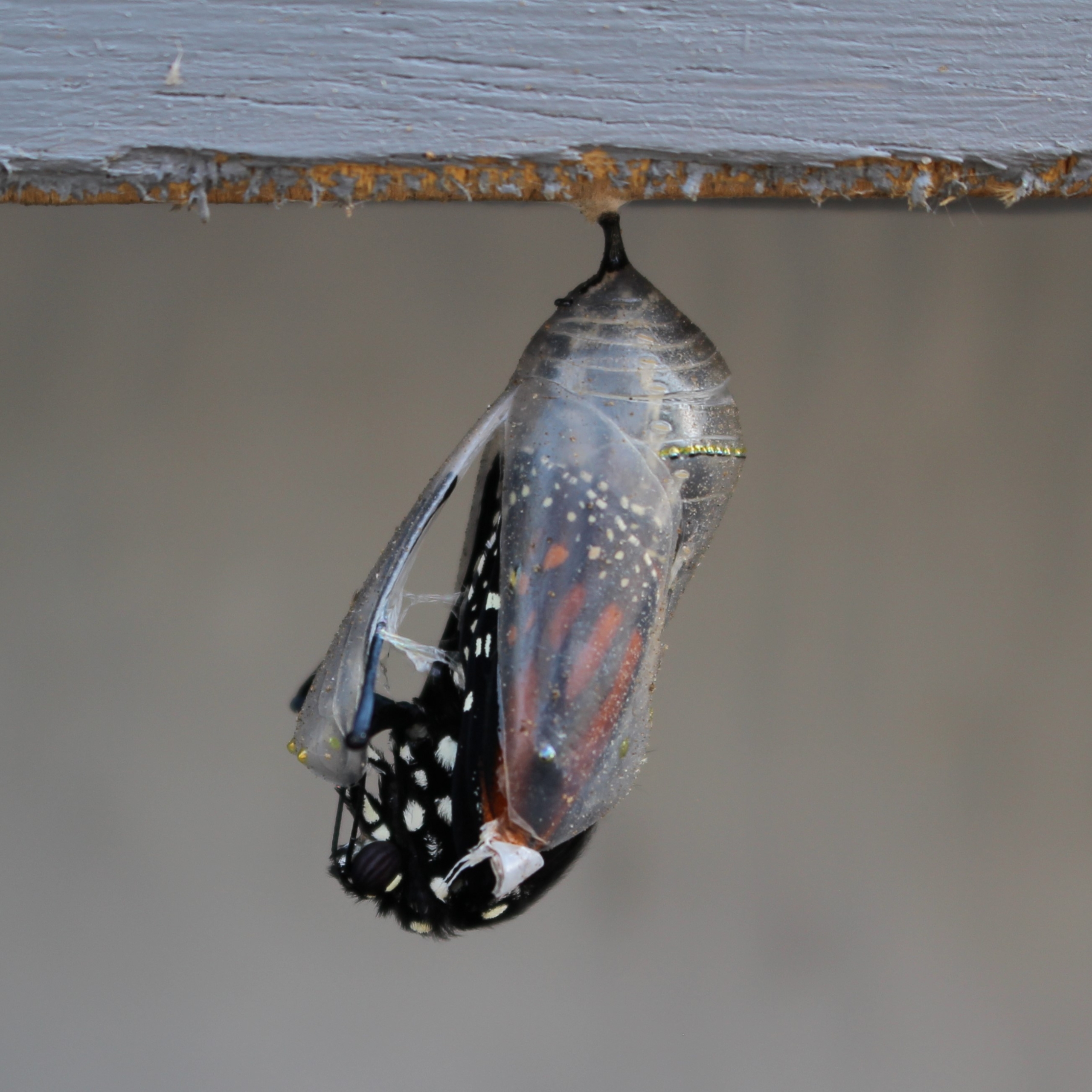
4:47 PM MST: Murph had other plans and started to eclose (emerge) from the chrysalis just 2 minutes later.
Stage 3: Shake It Out
Butterflies emerge headfirst and gently shimmy out of their chrysalis with rocking and pumping motions.
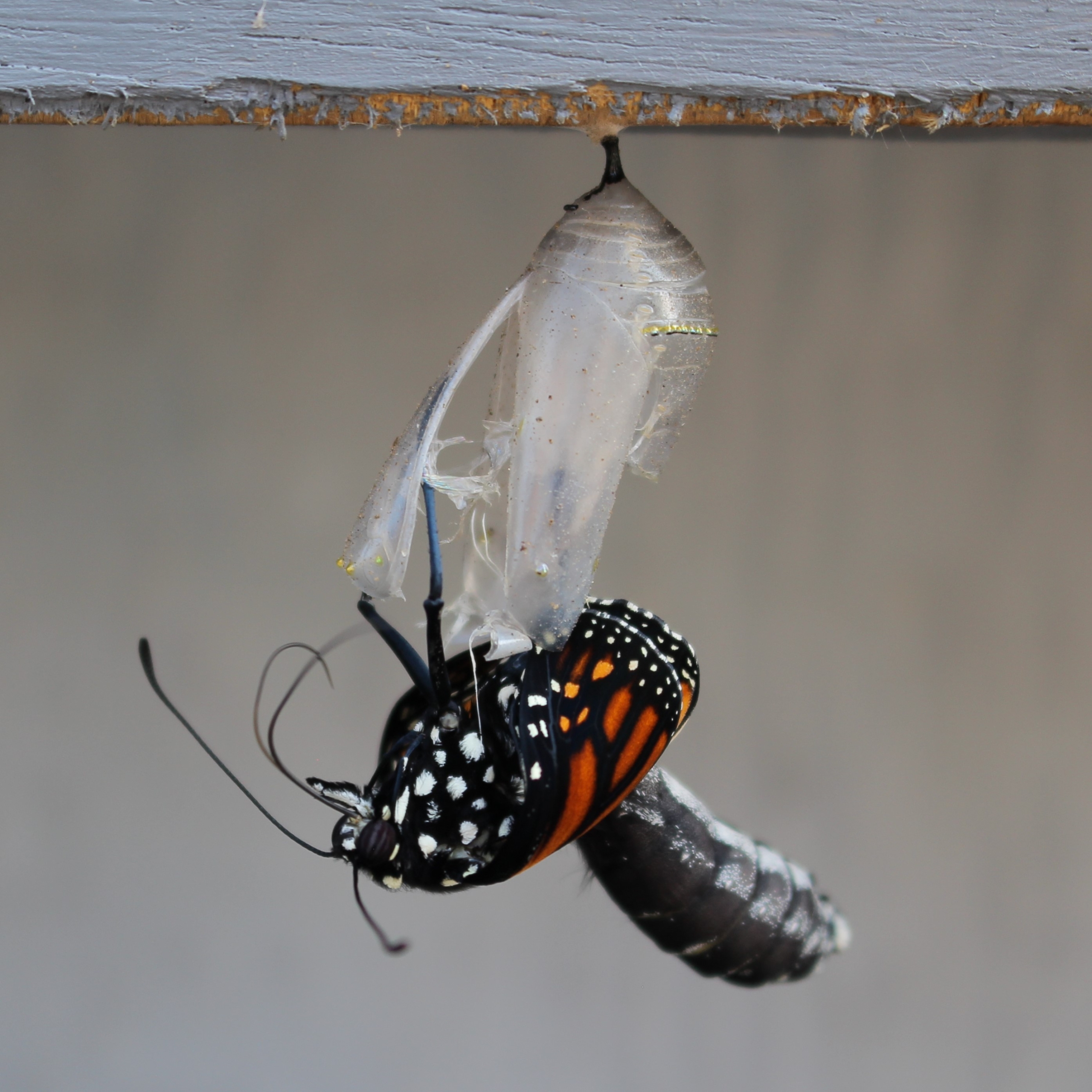
4:48 PM MST: Just a minute later, Murph had completely eclosed. The proportions of the butterfly change rapidly over the next few minutes.
Once free, they climb to the top of their chrysalis and delicately hang while pumping blood into their unfurling wings. This process can take mere minutes but it can take hours for the wings to fully dry and stiffen.
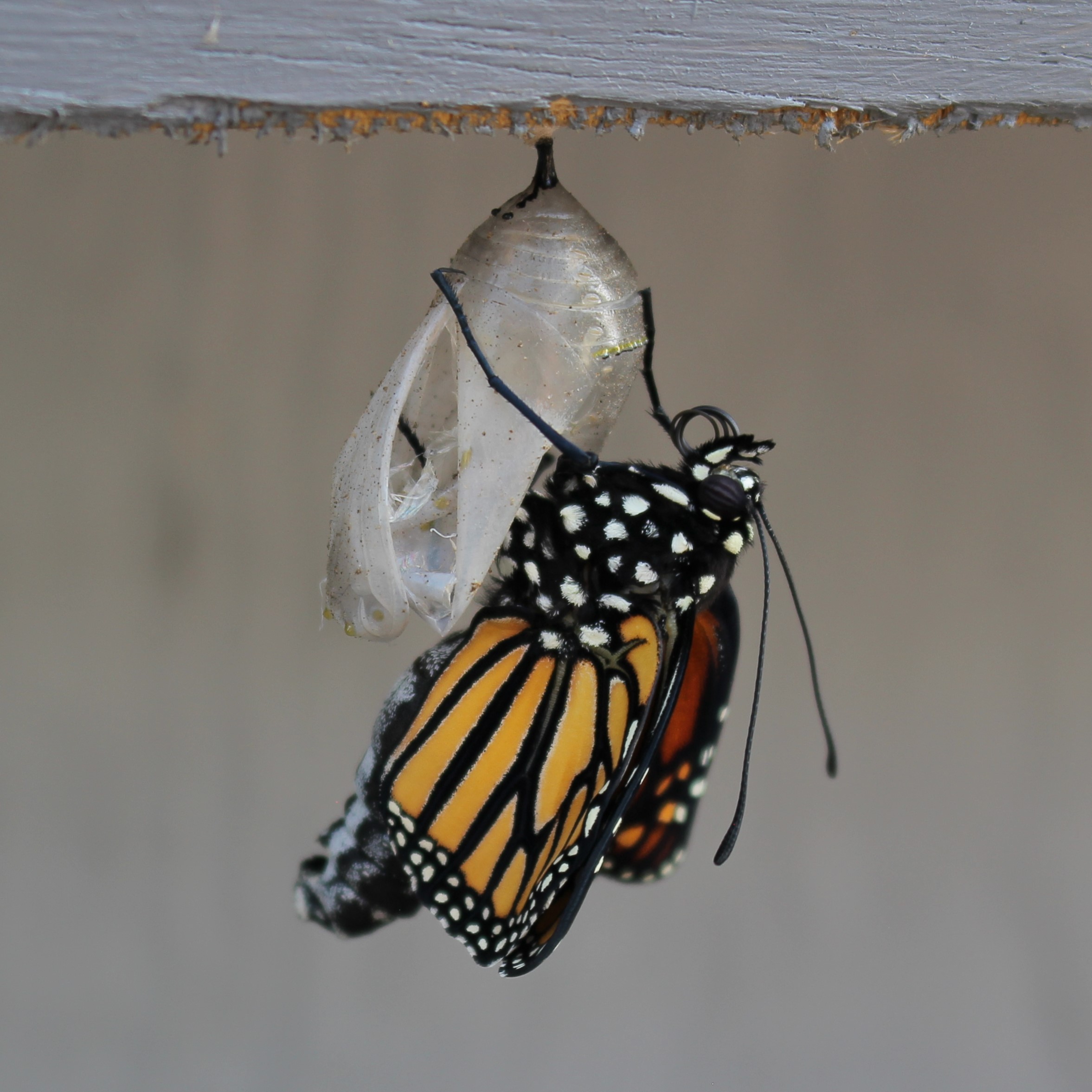
4:49 PM MST: Having righted herself, Murph begins the process of drying out as her wings stiffen enough for flight.
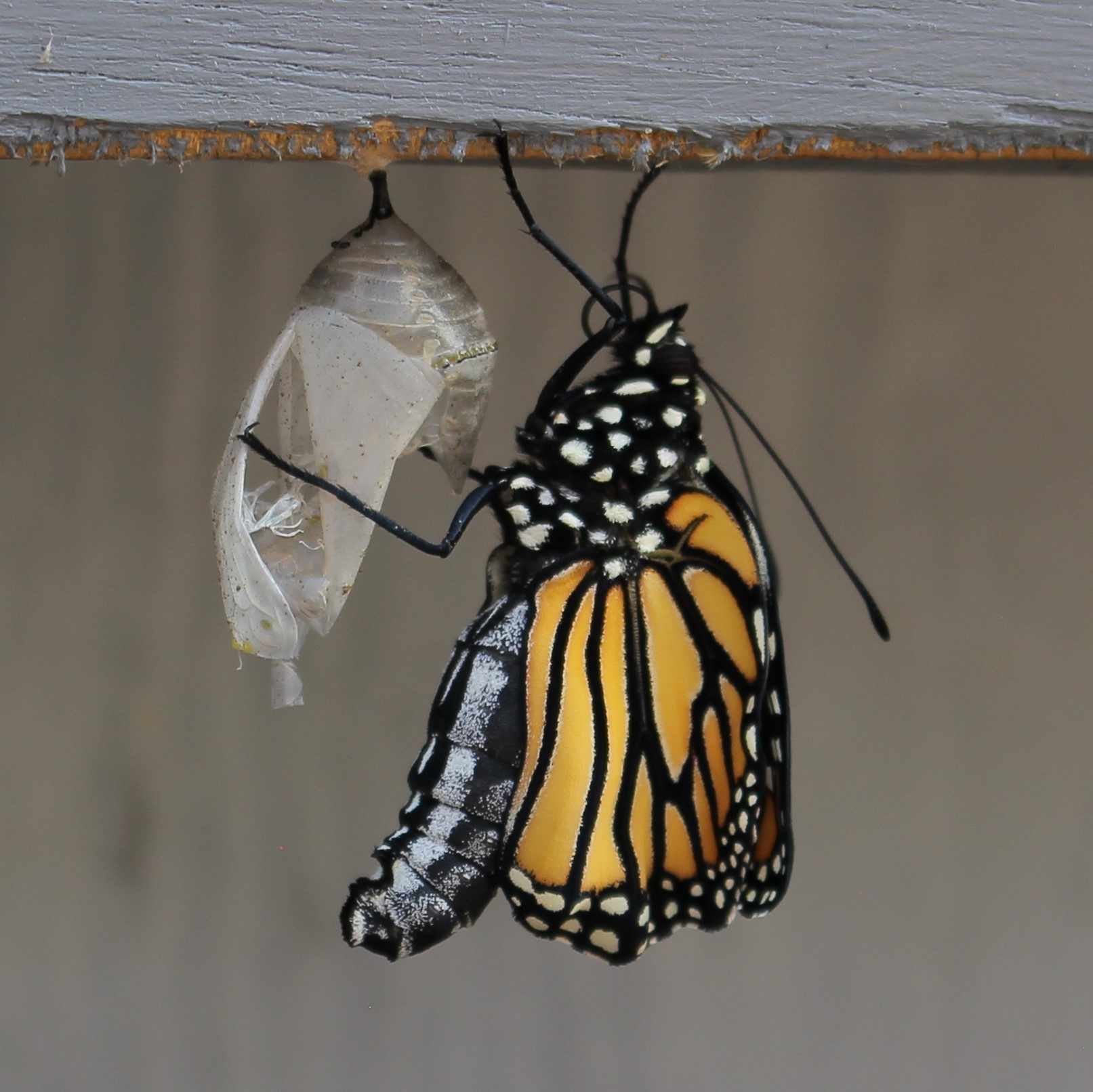
4:52 PM MST: Hanging next to its empty chrysalis, the monarch begins to pump blood to its wings as they unfurl. Likewise, its abdomen shrinks as the blood flows outward to the wings.
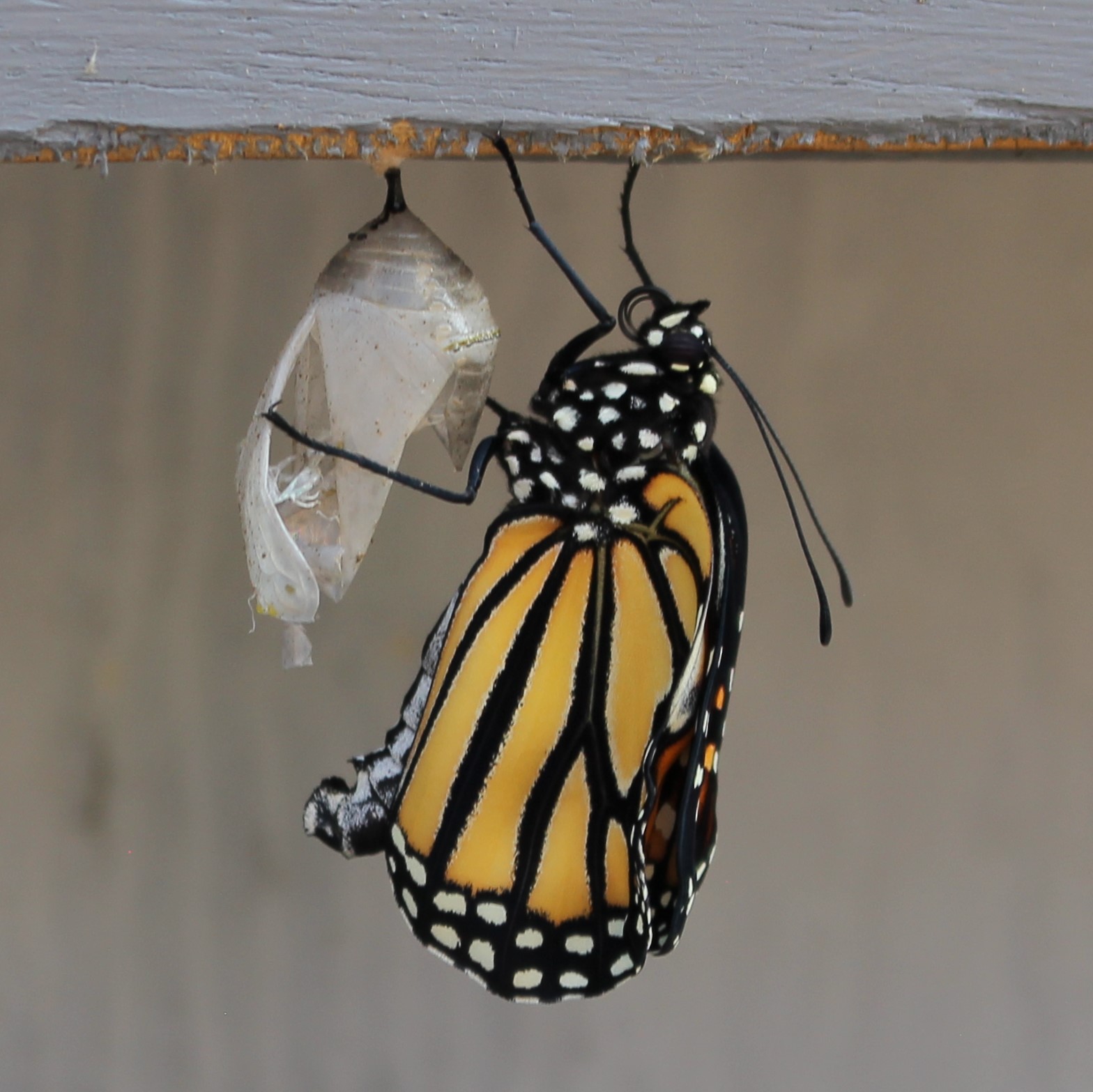
4:54 PM MST: Looking more like tissues than wings, Murph begins to expand like a foam mattress fresh out of the box.
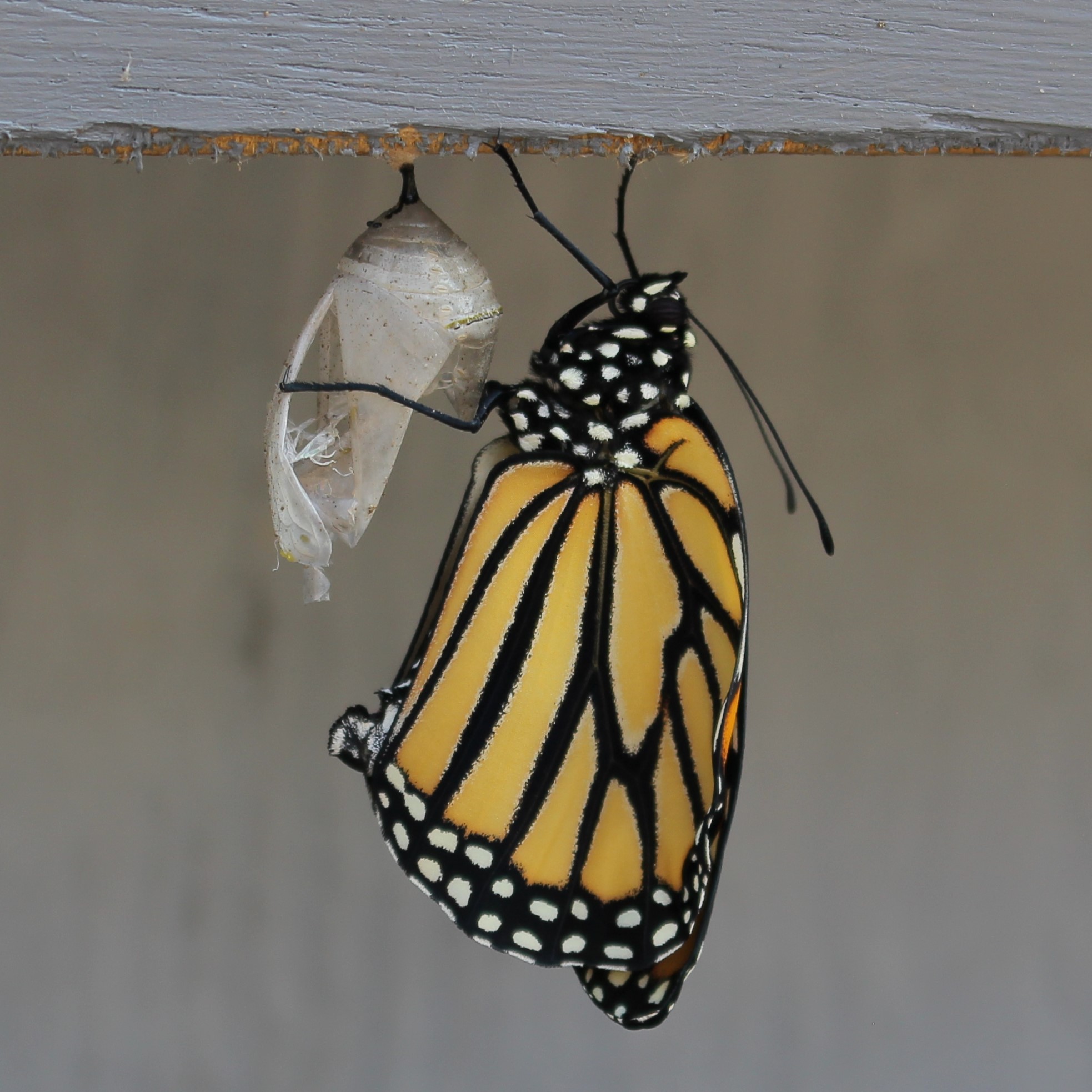
4:57 PM MST: More wings than tissues, Murph continues to expand in size in comparison to her chrysalis.
By 5:00 PM MST Murph’s wings were fully extended but still soft enough to swing like handkerchiefs in the wind.
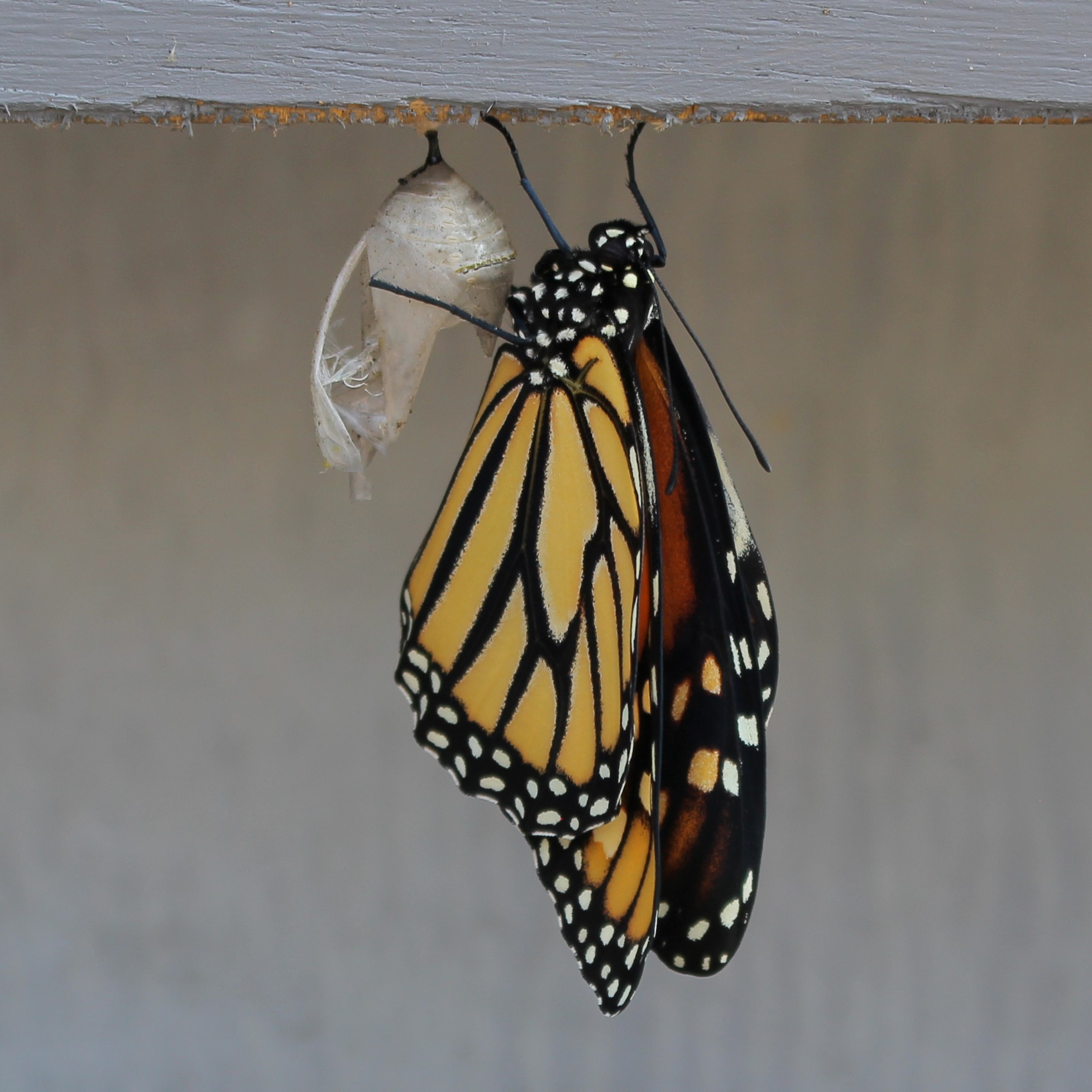
5:00 PM MST: Murph has officially started looking like a proper monarch butterfly.
You may be wondering “How did they identify Murph as a female monarch?”. We had a few coworkers visit Murph later in the night to lock up the garden shed and take a few last photos. There, on our zinnias, Murph had her full wings spread out for all to see.
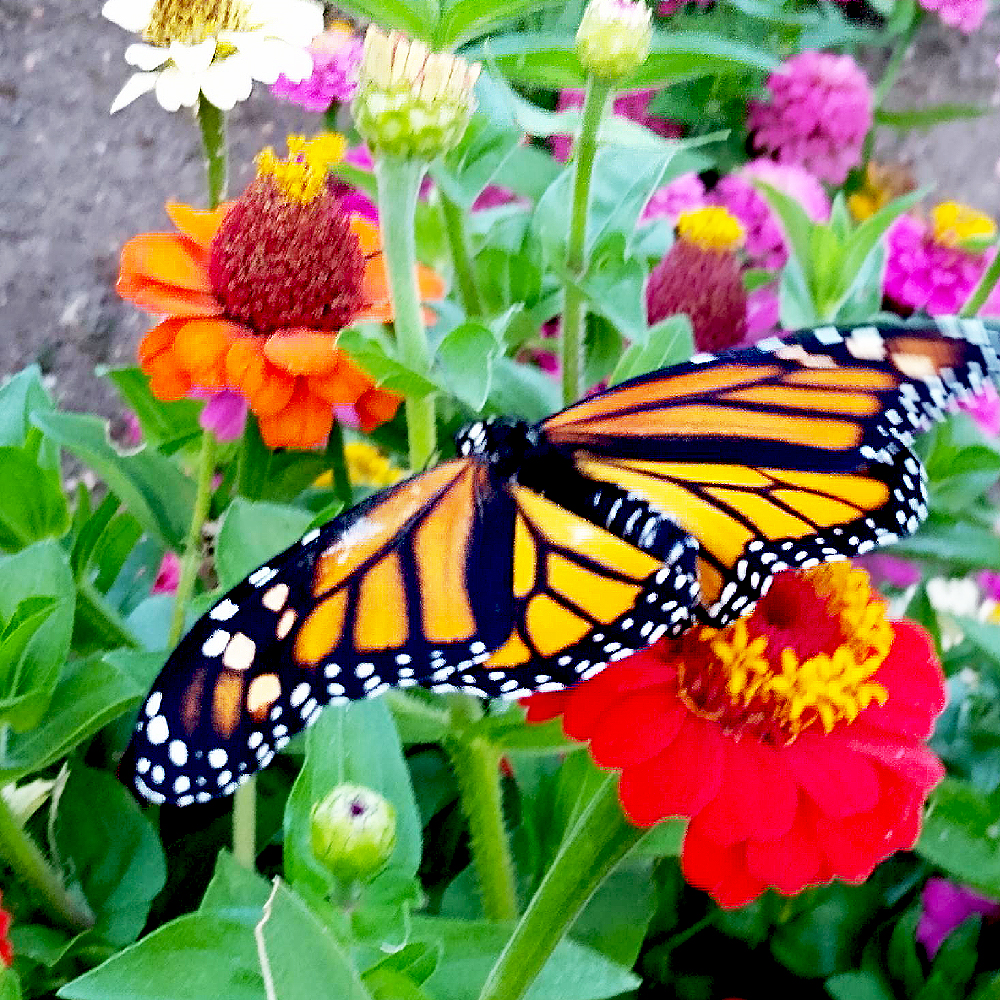
Later in the Night: With spectacular wings fully dry she beings her life as an adult monarch.
Females will have thicker veins in their wings, while the males have thinner veins and a small black spot on their hindwings. At this point Murph was ready to begin her life as a precious pollinator across North America, migrating from as far north as Canada and as far south as Central America. As the monarch population declines (due to climate change, ecosystem destruction, and human encroachment), providing suitable habitat with milkweeds and other forbs is something anyone can do, whether on a commercial scale or at home.
For more information about saving monarch butterfly populations, visit Project Milkweed, the Monarch Joint Venture, and Monarchs in the Rough for ways your business (especially golf courses) or community can contribute to restoring the monarchs’ native habitat.

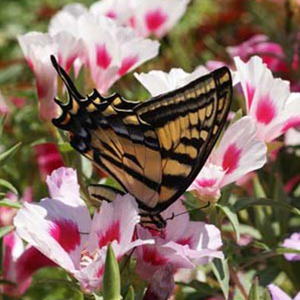
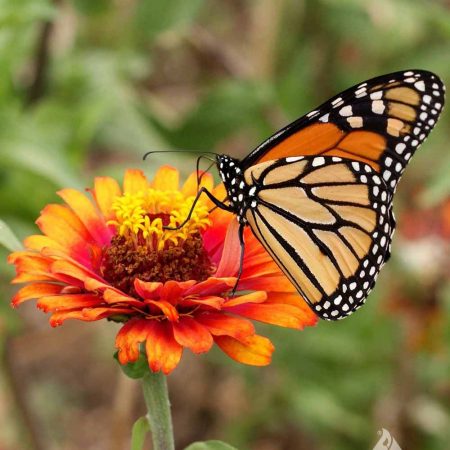
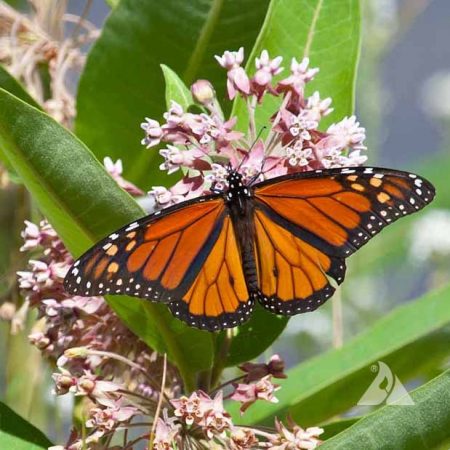
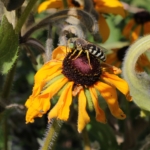

Applewood Seed Co. Announces Strategic Leadership Changes to Drive Business Growth
Applewood Seed Co., an employee-owned company, the leading supplier and wholesaler of open-pollinated flower seeds in the U.S., proudly announces two pivotal promotions within its leadership team. Mary Gomane has been promoted to Vice President of Sales & Production and Joe Eenigenburg has advanced to the role of Director of Sales & Marketing. These strategic […]
Using Flowers as Nature’s Solution to Water Conservation
In the realm of commercial landscaping, traditional turfgrass lawns still reign as the go-to for public and private projects. However in recent years, the practice of replacing turfgrass with flowers has steadily gained popularity, not only for the aesthetic appeal but specifically for the positive impact on water conservation and cost reduction.